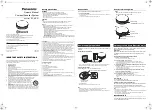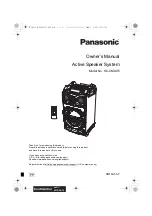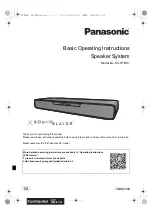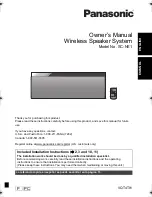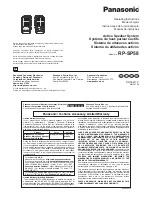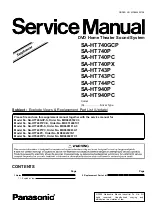
Page 4
www.urethanesupply.com
There are still some late model bumper covers made of PUR. At the time of this writing, these would include Ford Crown
Victoria, Chrysler 300 front, Dodge Charger front, and Corvette. These are usually yellow or light gray on the backside.
Don’t use the hot air welder on these bumpers.
If you identify the bumper as being a PP blend, the hot air welder can be used with any of our PP or TPO welding rods. At
the right is a table showing the different dimensions of our plastic rods and strips. More are being developed all the time,
so please check our website for the latest information.
If you are welding something other than a bumper cover, identify the type of plastic used and select the rod to match. For
example, radiator overflow bottles and ATV fenders are made of polyethylene (PE). Weld these with our polyethylene
welding rod. See the table below for a short list of different types of plastics, typical applications, and the proper welding
rod for each. If you have any technical questions, please call us at 800-633-3047 for assistance.
Types of
plastic
Rod
Pro
fi
le
PP, ABS,
PE, PA, PC,
PVC, TPO
PP, PE
PP, PE
PP, PE
PP, PE
PP
45°
Pressure
= 1 - 2 lb
Speed = 4 - 6 in/min
Temperature
= 550°- 600°F
Basic hot air welding process
Welding with hot air involves the coordination of both hands, one controlling the torch and
the other feeding the rod. When you weld, you just want to melt the bottom surface of the rod
and the top of the bumper. You don’t “puddle” the rod like you do in metal welding. This makes
for a stronger repair because it leaves the basic structure of the rod intact. When you’re
making your weld, there will be a small bead of melted plastic at the junction point be-
tween the rod and bumper as you make your pass. Remember the four important
factors for plastic welding: “T.A.P.S.”, an acronym for Temperature, Angle,
Pressure, and Speed.
For
temperature
, set the temperature on the hot air
welder’s dial to the proper setting. For example, the PP/
TPO setting will generate an air flow of about 550°-
600°F. This can be adjusted up or down for various
thicknesses of plastic, but this is a good starting point.
An
angle
of 45° between the torch and the bumper is opti-
mum. Aim the stream of hot air a little in front of the rod; for
thick rod like the R16, focus the heat back toward the rod.
Put as much downward
pressure
on the rod as possible to help the
rod fuse with the bumper. Keep a steady downward pressure on the
rod and keep the rod moving slowly. Don’t overheat the rod and let it
fold over backwards.
The
speed
of your weld should be about 4 to 6 inches per minute. With
thin rod like the R13, it’s difficult to go this slow. With thick rod like the R16,
it may go even slower. The important thing is to move steadily while keeping
proper downward pressure on the rod and a small bead of melted plastic in front of the
rod.
Common Thermoplastics and Typical Applications
Plastic Symbol & Type
Typical Applications
Welding Rod
ABS
instrument panels, grilles, trim moldings, street bike fairings ABS (R3)
PA - Polyamide, Nylon
radiator tanks, mirrors, door handles, plastic engine parts
PA (R6)
PC - Polycarbonate
headlight lenses and housings
PC (R7)
PC + ABS blend
door skins, street bike fairings, instrument panels
PC (R7) or ABS (R3)
PC + PBT blend (Xenoy)
bumper covers (older Ford, M-B, BMW)
PC (R7)
PE - Polyethylene
over-
fl
ow tanks, windshield washer bottles, ATV & dirt bike
fenders, water storage tanks, kayaks & canoes
PE (R4, R18, R19,
R20, R21)
PP , PP/EPDM, TPO, TEO,
TSOP - Polypropylene Blends
bumper covers, side cladding & trim,
fi
ller panels, under-
hood parts, interior parts, snowmobile cowls
PP (R2, R5, R13,
R14, R15, R16, R17)
PPO + PA blend (Noryl GTX)
fenders (GM), exterior trim
PA (R6)
PVC - Polyvinyl Chloride
pipe, siding, window frames, gutters, trim
PVC (R9)









